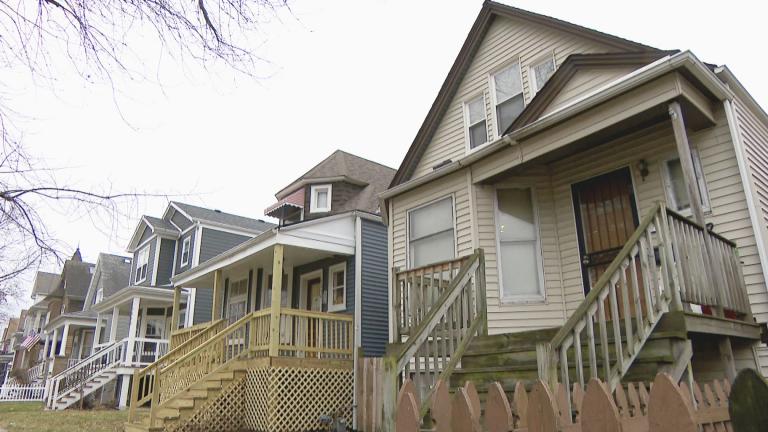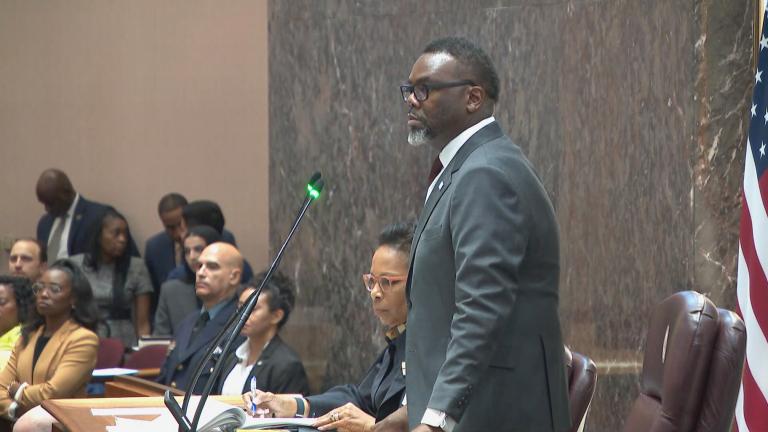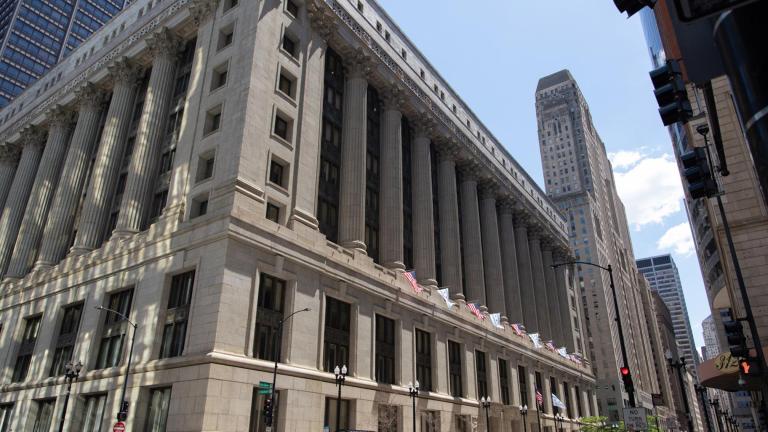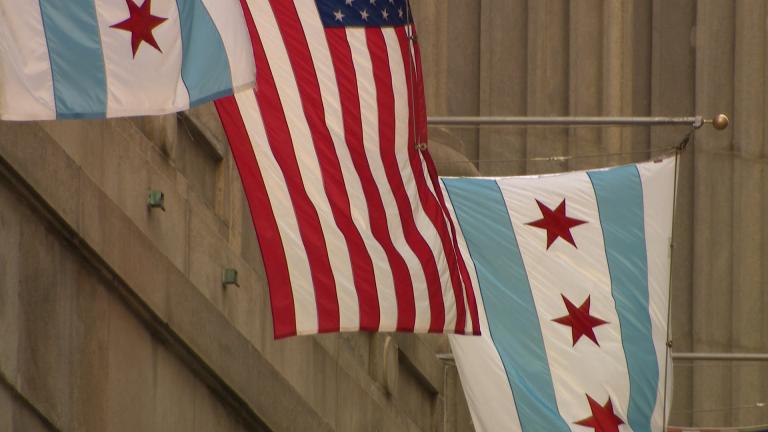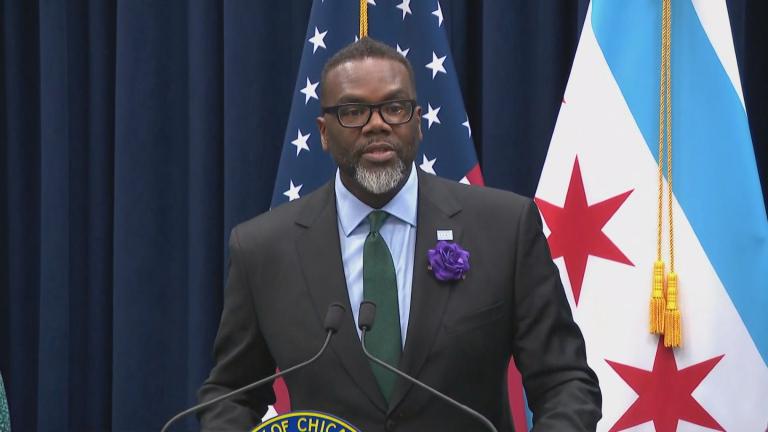Members of the Chicago City Council are in the early stages of drafting new ward boundaries, but so too are community members hoping to supplant a map drawn by alderpeople.
Ald. Roberto Maldonado, who represents the 26th Ward, said the Latino Caucus, of which he’s a member, has begun preliminary discussions on its goals; he said the Black Caucus is doing the same, as are white members of the council.
“Definitely discussions have started,” he said. “I’m going to be looking out first and foremost for the interest of the Latino community at large in the city of Chicago so that we can really and truly get a fair, a fair map, not like we did 10 years ago. We were shortchanged 10 years ago by the previous mayor at the time, Mayor (Rahm) Emanuel. We will not allow that to happen again.”
But he said it’s too early to begin drawing a map, given that census data isn’t expected until mid-August. He predicted the actual drawing of a new map will begin in September, once there’s fresh population data to consider and after the City Council has a “map room” available – a private room with a computer or computers equipped with specialized map-making software.
Maldonado said he’s committed to engaging with his constituents about their priorities for a new map, and that the council will hold public hearings (as is required by law) later in the process.
The recently formed Chicago Advisory Redistricting Commission — which is completely separate from the City Council — began holding its own public hearings last week.
The commission, which was largely galvanized by the nonpartisan group CHANGE Illinois, received more than 400 applications in the spring, and ultimately chose 13 commissioners.
CHANGE Illinois’ Chicago Project Manager Chaundra Van Dyk said the commissioners were chosen to reflect Chicago’s age, geographic and racial diversity.
Their charge: to draw a map that’s “by the people and for the people,” as Van Dyk described it, based on census data combined with community input.
“It’s typically done in a back room, closed process where residents don’t really have a voice in the process in how their communities are drawn,” Van Dyk said. “The decisions are made and then they’re made public and people just have to live with the decisions that have been made in their communities. We believe this should be an independent process where residents have some power, some voice.”
She said the goal is to have a draft map completed by fall so the public can give feedback.
The hope is that at least the minimum of 10 alderpeople will back the “people-powered” map.
Leaving it to non-politicians to draw ward boundaries is seen as a way to prevent alderpeople from designing wards with an eye toward winning future elections.
But Maldonado said Chicago should stick to the law, which gives map-making power to alderpeople elected to represent their constituents’ best interests.
“I don’t believe in independent commissions, because independent commissions by definition should be independent,” Maldonald said. “They won’t be independent. Those members will be appointed by somebody, they will respond to somebody, and I’m not naive enough that they would really be people dropped from heaven into this so-called independent commission, that nobody knows who they are, and they will come up with the perfect, ideal configuration of 50 wards.”
Maldonado said he expects the requisite 41 City Council members to reach a compromise on their own map before a Dec. 1 deadline.
Follow Amanda Vinicky on Twitter: @AmandaVinicky

